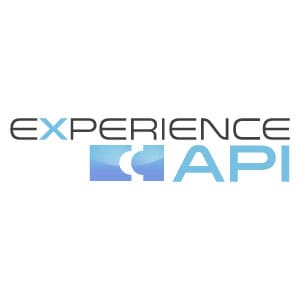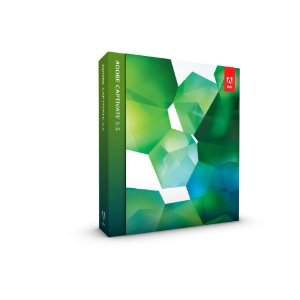Word 2007, 2008: “Insert Section Break” commands grayed out after Endnotes
If you are having trouble inserting a page or section break at the end of a Word document with Endnotes, you have two choices. You could either insert the new section BEFORE the Endnotes area, or change the Endnotes settings to display Endnotes at the end of each section .
Word considers the end of the document to be the one and only end, so nothing can come after it. It is easy to mistake the white space after the last Endnote for normal document space, but it is an “endnote-only” area.
Continue reading






